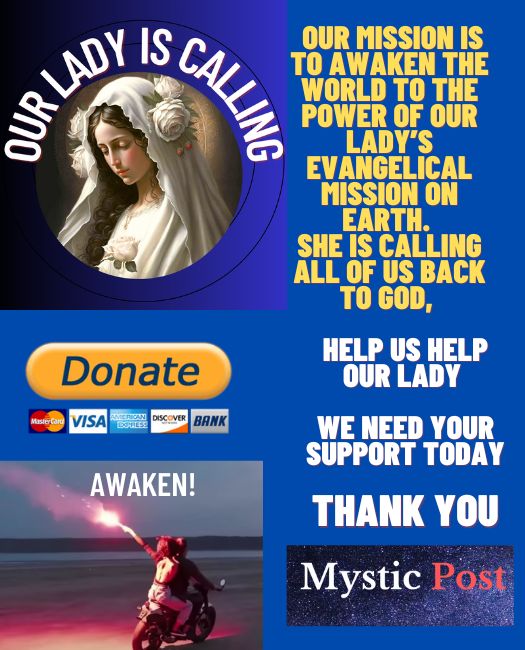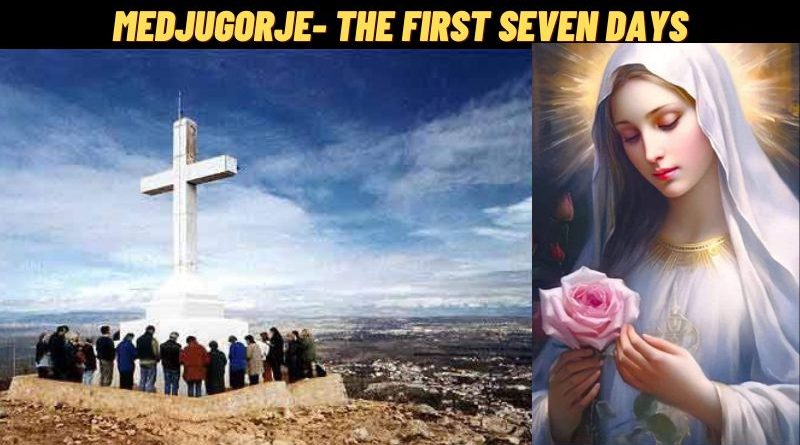Medjugorje: The First Seven Days
The first seven days of the Medjugorje apparitions of the Virgin Mary were a time of great mystery and excitement. Six young people from the village of Medjugorje, Bosnia and Herzegovina, reported seeing the Virgin Mary on a hilltop called Podbrdo. The apparitions began on June 24, 1981, and continued every day for the next seven days.
Medjugorje apparitions virgin mary
The visionaries, who were between the ages of 10 and 16, described the Virgin Mary as a beautiful woman with long, flowing hair. She was said to be wearing a white gown with a blue sash. The visionaries also said that the Virgin Mary spoke to them in Croatian.
The news of the apparitions spread quickly, and soon people from all over the world began to flock to Medjugorje. The village, which had a population of just a few thousand people, was suddenly overwhelmed by visitors.
The local authorities were initially skeptical of the apparitions, but they eventually allowed the pilgrimages to continue. The Catholic Church has not yet made a definitive statement about the authenticity of the apparitions, but it has allowed the pilgrimages to continue as well.
The first seven days of the Medjugorje apparitions were a time of great change for the village of Medjugorje. The village was transformed from a sleepy backwater into a major pilgrimage destination. The apparitions also had a profound impact on the lives of the visionaries, who have dedicated themselves to spreading the message of peace and love that they believe the Virgin Mary gave them.
Here are some of the things that happened during the first seven days of the Medjugorje apparitions:
- On June 24, 1981, six young people from Medjugorje reported seeing the Virgin Mary on a hilltop called Podbrdo Hill
- The apparitions continued every day for the next seven days.
- The visionaries described the Virgin Mary as a beautiful woman with long, flowing hair.
- She was said to be wearing a white gown with a blue sash.
- The visionaries also said that the Virgin Mary spoke to them in Croatian.
- The news of the apparitions spread quickly, and soon people from all over the world began to flock to Medjugorje.
- The local authorities were initially skeptical of the apparitions, but they eventually allowed the pilgrimages to continue.
- The Catholic Church has not yet made a definitive statement about the authenticity of the apparitions, but it has allowed the pilgrimages to continue as well.
- The first seven days of the Medjugorje apparitions were a time of great change for the village of Medjugorje.
- The village was transformed from a sleepy backwater into a major pilgrimage destination.
- The apparitions also had a profound impact on the lives of the visionaries, who have dedicated themselves to spreading the message of peace and love that they believe the Virgin Mary gave them.
VATICAN INVESTIGATION
The Ruini commission, a group of theologians and experts appointed by the Vatican to study the Medjugorje apparitions, determined that the first seven days were best described as supernatural in nature.
The commission’s report, which was published in 1993, said that the visionaries’ experiences were “subjectively perceived as supernatural” but that there was “no scientific evidence” to confirm this. The commission also said that the visionaries’ claims were “not incompatible with Catholic doctrine” but that they did not “provide sufficient evidence” to conclude that the apparitions were authentic.
The commission’s report was met with mixed reactions. Some people saw it as a sign that the Vatican was taking a more open-minded approach to the Medjugorje apparitions. Others saw it as a sign that the Vatican was not yet convinced of the apparitions’ authenticity.
The Vatican has not made any further statements about the Medjugorje apparitions since the Ruini commission’s report. The pilgrimages to Medjugorje continue, and the visionaries continue to report seeing the Virgin Mary. However, the Vatican has not yet made a definitive statement about the authenticity of the apparitions.
Since you’re here …
… we have a small favor to ask. More people are reading Mystic Post than ever but advertising revenues across the media are falling fast. And unlike many news organisations, we haven’t put up a paywall – we want to keep our journalism as open as we can. So you can see why we need to ask for your help. Mystic Post’s independent journalism takes a lot of time, money and hard work to produce. But we do it because we believe our perspective matters – because it might well be your perspective, too.



